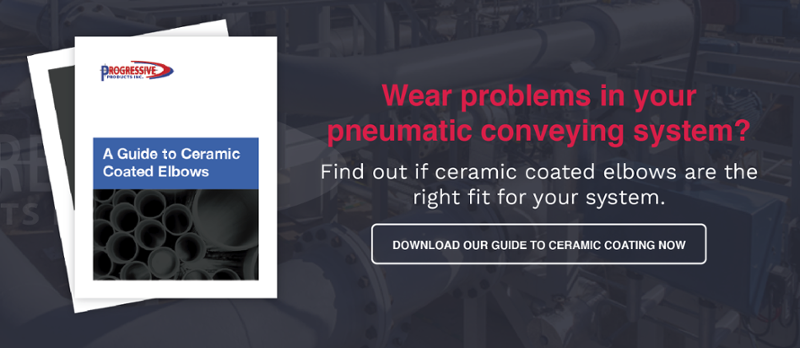Lump breakers and hammermills are both robust machines that process large material into smaller material by breaking it down. That means they have the same end goal of size reduction, make material easier to handle, and ensure the success of pneumatic conveying, but they work in different ways and are suitable for different types of material. Depending on your needs, one will be more efficient and economical than the other - but how do you know which one?
Before we examine the differences between lump breakers and hammermills, let’s look in more detail at what they both are.
What is a Lump Breaker?
Lump breakers, also known as lump crushers, reduce the size of a given material by crushing it with specially shaped blades. The rotation of these blades through a fixed comb gives an efficient lump-breaking action.
Lump breakers reduce lumps created during production, storage or transportation of the material without producing an extreme amount of dust. They improve downstream processing by breaking up large clumps of material into smaller, more uniform particles. Returning the material to its original particle size reduces abrasion and improves flowability for pneumatic conveying.
How do Lump Breakers work?
Lump breakers work on the principle of impact. Material going into the lump breaker is impacted along the edge of its rotating blades within a fixed comb. As the blades rotate, they pass between the combs which are attached to the wall of the grinding chamber.
The finished particle size is determined by the space between the blades and combs, the size of the blades, and the speed at which they rotate. Material leaves the chamber through a screen or grid that’s appropriately-sized to allow only the particles of the dimensions you require through.
The advantages of lump breakers are that they provide a consistent size output on a continuous basis, eliminate extra handling and operator strain, and improve product quality.
Which Materials are Lump Breakers best for?
Lump breakers are most effective with large, blocky material that needs to be de-clumped and restored to a flowable consistency. This includes materials used in heavy industry such as cement, chemicals, and fertilizers. Lump breakers are also used to break down sugar, powders, salts, and other products or materials that have a high tendency to absorb moisture caused by humidity.
What is a Hammermill?
A hammermill crushes, shatters or pulverizes the material going through it, and will break down much more abrasive material then a lump breaker.
The functionality of a hammermill:
- Material is fed into a grinding mill
- Inside this mill, the material is crushed by moving hammers attached to a rotating shaft, as well as by impact on the walls of the chamber, and by the material particles colliding together
- The material stays in the mill until it is small enough to pass through a screen with certain size openings
If the material is hard or heavy, stone or glass for example, it can filter through the mill by the natural pull of gravity. Lighter materials such as wood or paper may require pneumatic conveying to guide it from the mill.
The size of the finished material is determined by a combination of the screen size, shaft speed, size of the hammers, and hammer configuration. For example, a fast shaft speed, a small screen, and lots of hammers will result in a fine product.
Key Differences Between a Lump Breaker and a Hammermill
As we’ve already mentioned, a hammermill will break down more solid materials then a lump breaker. Lump breakers use a lower impact force and larger operating clearances between the blades and the breaker bars. This means they are ideal when a gentle granulation, coarse size reduction or an alteration to the bulk solids material is required.
When selecting either a lump breaker or hammermill, you should consider the following:
- The characteristics of your material - does it contain moisture? How dense is it? What is its consistency? Is it sensitive to heat?
- Your final product specification
- How you want to impact your downstream process
It’s important to use the machinery that’s right for your needs. Contact us today to find the best solution of size reduction equipment for your material.



